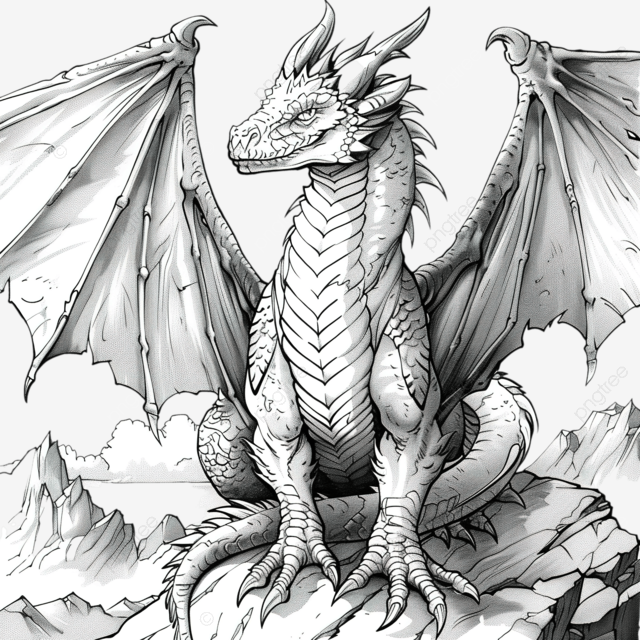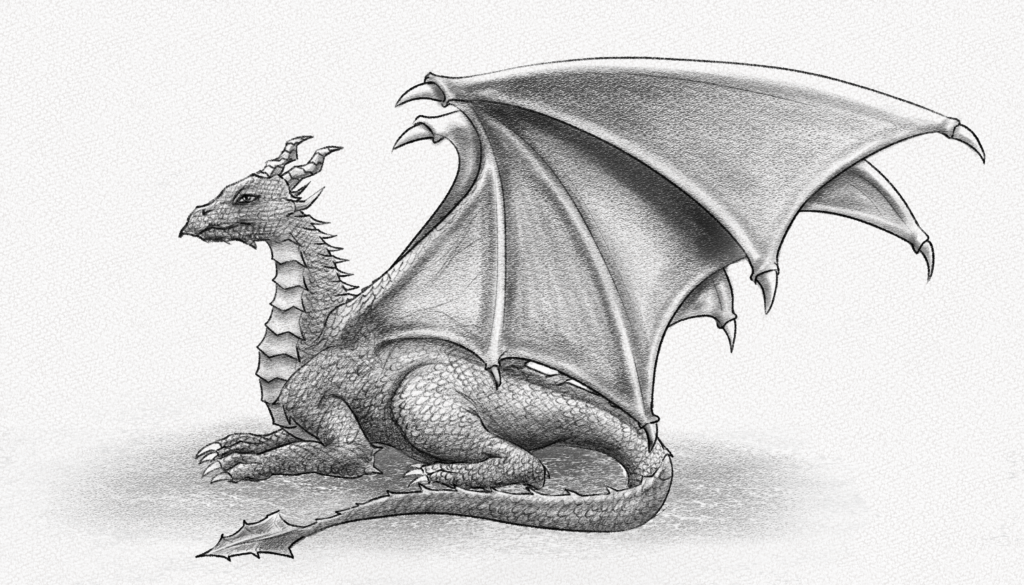
Explore the ultimate guide on mastering “drawing:5z_boyjkm98= dragon,” blending creativity with techniques to create dynamic, awe-inspiring dragons. Learn anatomy, poses, and intricate details with this step-by-step approach.
Table of Contents
ToggleIntroduction
The world of fantasy art has always been captivating, but nothing is as awe-inspiring as the image of a majestic dragon. The keyword “drawing:5z_boyjkm98= dragon” encapsulates the essence of blending mythical elements with artistic creativity. As we journey through this blog post, you will gain insights into mastering this art form using creative inspiration, anatomical knowledge, and drawing techniques.
Understanding how to approach drawing:5z_boyjkm98= a dragon requires imagination and technical skills. Many enthusiasts need help to strike a balance between fantasy and realism. However, this guide will teach you how to harmonize both aspects. We will delve into specific methods to elevate your drawings, helping you create visually striking dragons that leap off the page. Whether you’re a novice or an experienced artist, these strategies will equip you to achieve mastery in dragon drawing.
The Magic of Drawing Dragons
Dragons are legendary creatures that have appeared in various cultures across the globe, each one depicting them with different features. The concept of “drawing:5z_boyjkm98= dragon” brings together dragons’ magical and powerful qualities while adding a creative twist. But how does one capture the magic of these creatures on paper?
To begin with, drawing a dragon means capturing its essence. A dragon is ferocious and elegant, a creature of both might and grace. Through your art, you are telling a story of this powerful being. The key lies in fusing your artistic creativity with understanding what makes a dragon, anatomically and symbolically. By mastering these techniques, you can translate the dragon’s majestic power into every pencil stroke.
Anatomy of Dragons in Drawing:5z_boyjkm98= Dragon
One of the fundamental aspects of drawing:5z_boyjkm98= dragon is understanding its anatomy. Dragons are fictional creatures, but many characteristics are drawn from real-world animals. Therefore, it is crucial to have a working knowledge of anatomy to give your dragon a sense of realism.
Start by studying reptiles like snakes and lizards to understand how their bodies move and flex. Birds can inspire the wings, and large predators like lions or wolves can inform the muscular structure of the dragon’s limbs and torso. This blend of influences will create a believable yet fantastical creature. Pay attention to the bones and muscles and how they would realistically support the dragon’s powerful frame.

Sketching the Foundations of Drawing:5z_boyjkm98= Dragon
Before jumping into the intricate details, it’s essential to establish a strong foundation. Begin your drawing by sketching basic shapes and forms. Circles and ovals can represent the dragon’s head, torso, and limbs. Use straight lines to map out the wings and tail.
This stage is crucial because it allows you to experiment with proportions and poses. The keyword “drawing:5z_boyjkm98= dragon” becomes more meaningful when you can lay out these fundamental elements before diving into the details. Whether you’re designing a fierce dragon in flight or one resting majestically on a mountain, the sketch will provide a roadmap for the rest of your drawing process.
Perfecting Dragon Poses in Drawing:5z_boyjkm98= Dragon
One of the best ways to bring your drawing:5z_boyjkm98= dragon to life is by experimenting with dynamic poses. Dragons are agile creatures, so consider creating poses that reflect movement, tension, and action. You can try having the dragonfly through the sky, land in a heroic stance, or coil its serpentine body.
To achieve this:
- Begin by studying how real animals move.
- Pay particular attention to birds in flight; this can help you understand how to position the wings. When the wings are fully spread, they appear powerful, large, and capable of lifting the dragon’s massive body.
- Focus on creating a pose that exudes strength and power.
Developing the Face and Expression of a Dragon
The face is one of the most crucial parts of your drawing:5z_boyjkm98= dragon. Here, you can convey emotion, whether anger, wisdom, or calmness. The eyes, in particular, play a significant role in setting the tone for your dragon’s personality.
Many artists choose to give their dragons piercing, predatory eyes. You can use slits for pupils, similar to those of reptiles, to create a sense of danger. The dragon’s snout can be long and pointed or short and stocky, depending on the type of dragon you wish to make. Experiment with different styles to find the one that best fits your vision.
Drawing Scales and Textures
A dragon’s scales are an essential element of its appearance. Drawing detailed scales adds realism and depth to your artwork, making the dragon feel more alive. In drawing:5z_boyjkm98= dragon, it’s vital to vary the size and shape of the scales depending on the area of the body you are working on.
For example, larger scales can cover the back and flanks, while smaller, more intricate scales can decorate the face and limbs. When shading the scales, use a light source to determine how the shadows fall, creating a more three-dimensional effect. This attention to detail will make your dragon’s skin look more lifelike and believable.

Adding Wings to Drawing:5z_boyjkm98= Dragon
Wings are often the most iconic feature of dragons, especially in Western depictions. When drawing:5z_boyjkm98= dragon, you should consider how wings attach to the body and function in flight. Study the wings of birds and bats, focusing on how the bones and muscles work together.
A dragon’s wings should look powerful enough to lift its body. Use bold, curved lines to depict the bones inside the wings, and remember that they should look strong and flexible. The membrane of the wings should be thin and slightly translucent but strong enough to support the dragon during flight. Experiment with different wing shapes to see which suits your dragon’s style best.
Tail and Claw Details in Drawing:5z_boyjkm98= Dragon
While the dragon’s head and wings often grab attention, the tail and claws are vital in completing the overall look. In drawing:5z_boyjkm98= dragon, the tail can add a sense of balance and fluidity to your composition. You can have it curled around the dragon’s body or stretched out behind it for added dynamism.
The claws, meanwhile, should look sharp and dangerous. Use references to large predators like lions or bears to understand how claws should look in size and proportion. The claws should feel like they could tear through anything, adding to the overall sense of power and danger your dragon exudes.
Exploring Color and Shading in Drawing:5z_boyjkm98= Dragon
Choosing colors for your dragon can be one of the most exciting parts of the creative process. Whether you decide to use traditional colors like red, green, or gold or something more imaginative like purple or blue, consider how the color scheme fits with the personality of the dragon you’re drawing.
Shading is equally important, as it helps create depth and volume. When shading your dragon, imagine where the light source is coming from and how it would cast shadows on different body parts. For example, the underside of the wings would likely be darker, while the top of the dragon’s head might catch more light.
Blending Fantasy and Realism
The magic of drawing:5z_boyjkm98= dragons lies in balancing fantasy and realism. While dragons are creatures of legend, they should still possess elements of real-world animals to make them believable. Pay attention to anatomy, movement, and texture to ground your dragon in a sense of reality.
At the same time, don’t be afraid to push the boundaries of creativity. Give your dragon unique features like extra eyes, horns, or multiple tails. These fantasy elements allow your drawing to stand out and showcase your artistic style.